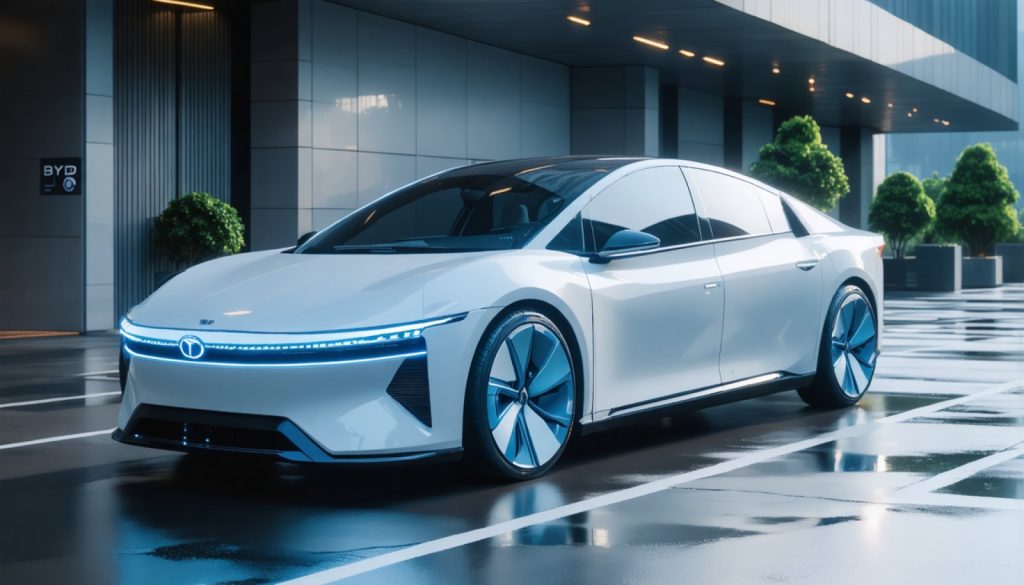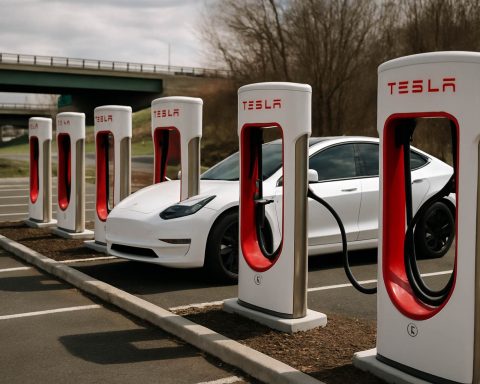- The EU faces a critical decision on whether to reform its climate laws or implement them as initially planned to achieve a 55% reduction in carbon emissions by 2030.
- Tensions among EU diplomats arise as reopening longstanding agreements might disrupt climate change efforts and momentum.
- The growing influence of right-wing MEPs in the European Parliament complicates the legislative process, potentially weakening climate proposals.
- EU negotiators emphasize the need for careful navigation to avoid imposing unwanted regulations on member states, risking discontent.
- The European Commission is expected to reveal its revised climate strategy on May 21, amid anticipation and uncertainty.
- The EU aims to balance climate ambition with pragmatism, reinforcing its commitment to global climate leadership while maintaining unity among member countries.
Brussels stands on the precipice of a major decision—whether to brave the storm of reforming its ambitious climate laws or to tread carefully in implementing them as originally devised. With aspirations to slash carbon emissions by an impressive 55 percent by decade’s end, the European Union faces an intricate dance requiring the synchrony of all its member states.
Beneath the surface, tensions simmer among EU diplomats and policymakers. Many capitals, halfway through weaving the climate directives into their national fabrics, recoil at the thought of reopening texts painstakingly negotiated over years. Indeed, for them, unraveling these agreements now could halt momentum, hampering efforts to combat climate change at a most critical juncture.
Beyond sheer logistics lies a broader challenge: political permutation. In the ever-evolving theater of the European Parliament, an increased presence of right-wing Members of the European Parliament (MEPs) adds layers of complexity. Their resistance to stringent climate action poses risks that might not only dilute the Commission’s proposals but could significantly elongate the legislative process, muddying the clarity and resolve that these laws seek to enforce.
“We must navigate with wisdom,” urge cautious EU country negotiators. The fear is palpable—discussions veering off course into uncharted territories might leave capitals with regulatory dictates “shoved down their throats,” breeding discontent amongst nations already vying for their own commitments.
The European Commission has circled May 21 on its calendar as the tentative unveiling of its revisions—a date marked by both anticipation and apprehension. However, the Commission remains tight-lipped, declining to disclose details of its strategy, maintaining an air of suspense.
With climate urgency pounding like a relentless drumbeat, the crux of this conundrum lies in maintaining a harmonious balance between ambition and pragmatism. The stakes transcend legislative nuances; they embody the EU’s resolve to fortify its climate frontiers while fostering unity among its members. Brussels is at a crossroads. Will it fortify its climate ambitions with reaffirmation, or take a leap into reform fraught with uncertainty? The world watches not just for the outcome, but for the message it sends about collective will in confronting global crises.
Will the European Union’s Climate Ambitions Weather the Political Storm?
Introduction
As the European Union (EU) stands before a pivotal decision on its ambitious climate laws, a host of questions bubble beneath the surface. With the EU’s target to reduce carbon emissions by 55% by 2030, the stakes are high. This undertaking requires the cooperation and commitment of all member states, many of which are wary of reopening delicately negotiated agreements. This article explores the complexities of the EU’s climate strategy, presenting additional insights and expert opinions to shed light on this critical issue.
Internal Tensions and Political Dynamics
One of the EU’s greatest challenges is the political diversity within the European Parliament. The rise in right-wing Members of the European Parliament (MEPs) resisting strict climate reforms is not just a political hurdle; it threatens to dilute the potency of climate policies. This political friction complicates legislative processes, increasing the risk of stalled or compromised directives.
Key Questions and Facts
1. Why Reform Now?
Reforming climate laws can introduce flexibility to innovate and respond to unforeseen challenges. However, the timing is critical. Changing legislative frameworks midway poses a risk of losing momentum in critical climate action, a concern for many diplomats and policymakers.
2. What Are the Economic Implications?
Successful climate legislation propels sustainable economic growth by fostering green industries and job creation. Yet, these transitions can be economically challenging for countries heavily reliant on traditional industries. How the EU balances these shifts could either serve as a blueprint for the world or a cautionary tale.
3. How Does This Impact Global Climate Efforts?
The EU’s decisions have significant global implications. As a leader in climate commitments, the EU’s strategic choices will influence other countries and blocs in their climate policies. The global community watches keenly, anticipating how EU actions align with wider goals like those set out in the Paris Agreement.
The Role of Technology and Innovation
Technological advancements can play a pivotal role in reaching the EU’s climate targets. Innovations in renewable energy, carbon capture, and storage (CCS), and energy efficiency are crucial. Encouraging investment in green technologies can support smoother transitions, creating new industries and employment opportunities.
Predictions and Future Trends
1. Increased Investment in Renewables
Expect heightened investment in wind, solar, and other renewable energy sources. This trend aligns with the EU’s commitment to reducing emissions and promoting sustainable energy.
2. Advanced Policy Models
The EU may adopt advanced regulatory models that integrate stricter emission controls while offering flexibility in implementation. This approach could meet diverse national contexts and serve as a viable solution to political resistance.
3. Enhanced Public-Private Partnerships
Expect a rise in collaborations between governments and private sectors to fund and expedite green projects. These partnerships can ease the financial burden and hasten technological adoption.
Actionable Recommendations
1. Stay Informed: Follow reliable sources for updates on the EU’s climate legislation. Understanding these developments can prepare individuals and businesses for upcoming changes.
2. Embrace Green Investments: Businesses should focus on eco-friendly practices and innovation, positioning themselves competitively in a decarbonizing economy.
3. Support Local Initiatives: Engage in and support local sustainability initiatives, contributing to broader community efforts to combat climate change.
For further information and updates on EU policies and initiatives, visit the European Commission’s official website at European Commission.
Conclusion
The road ahead for the EU is complex, reflecting both its ambitious goals and the political intricacies within its member states. As Brussels navigates these challenges, the outcomes will not only impact the EU’s climate position but also hold significant global ramifications. How the EU manages its internal dynamics, economic transitions, and technological ambitions will be a testament to its resolve in leading global climate efforts.










